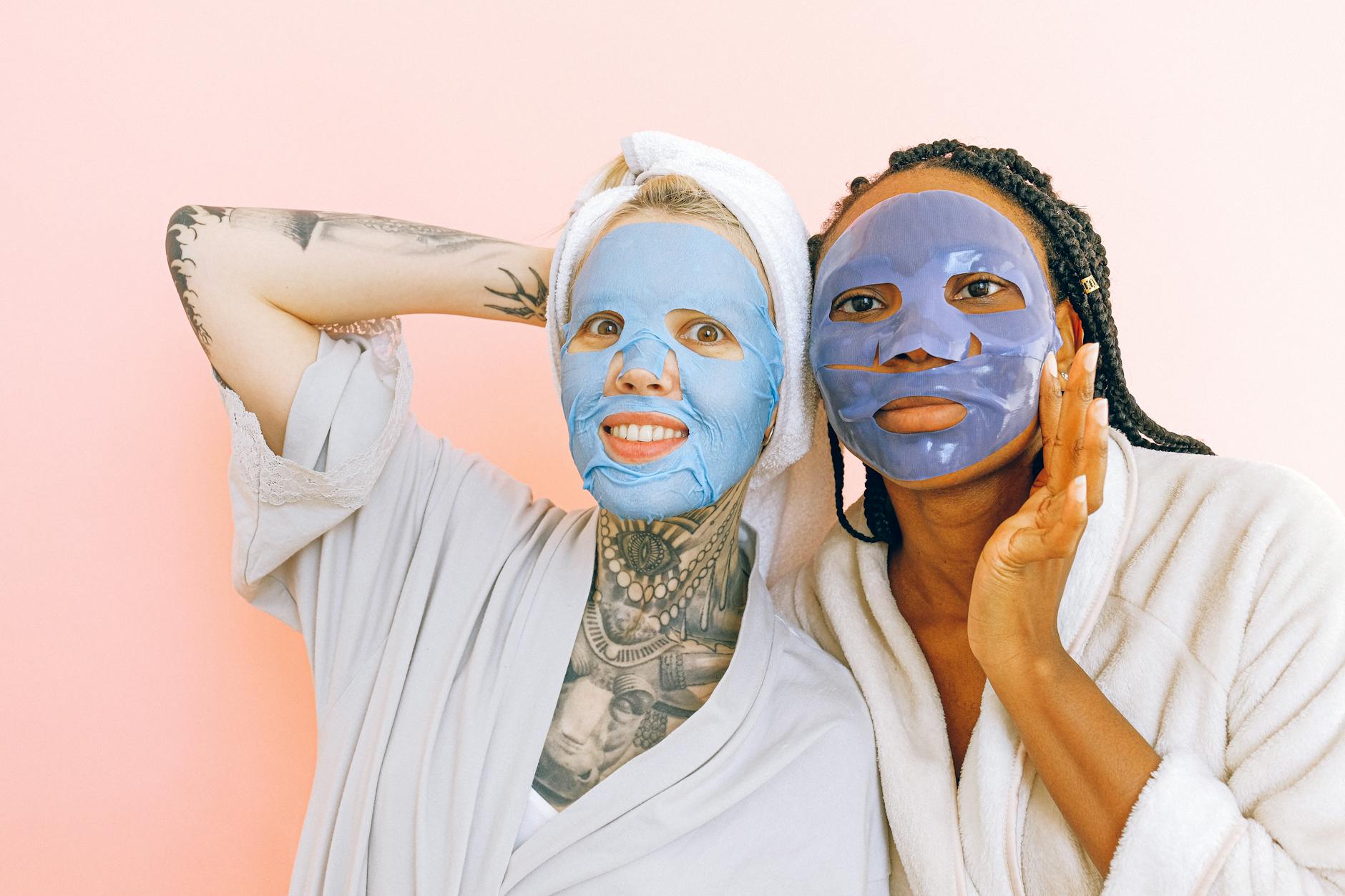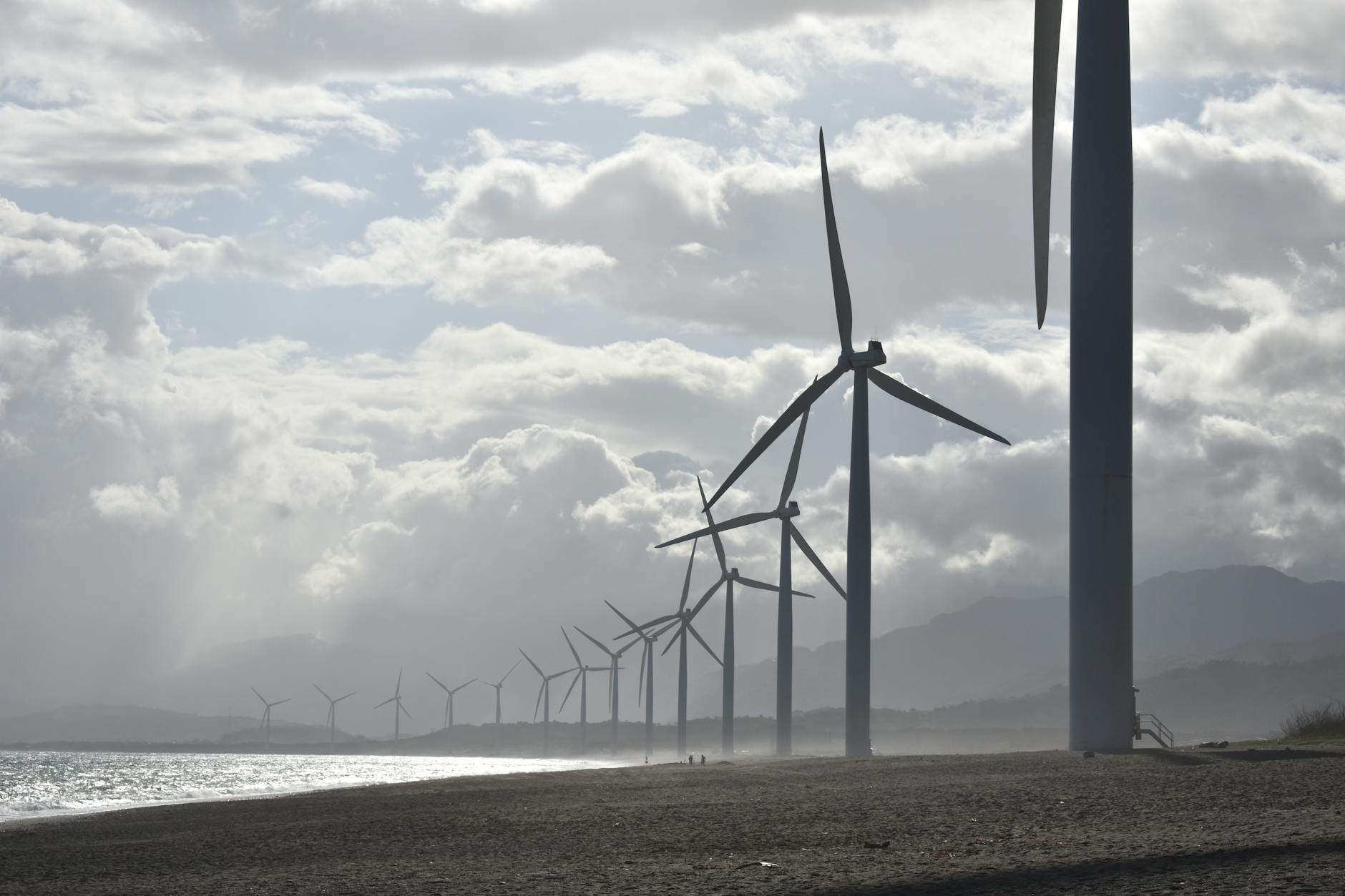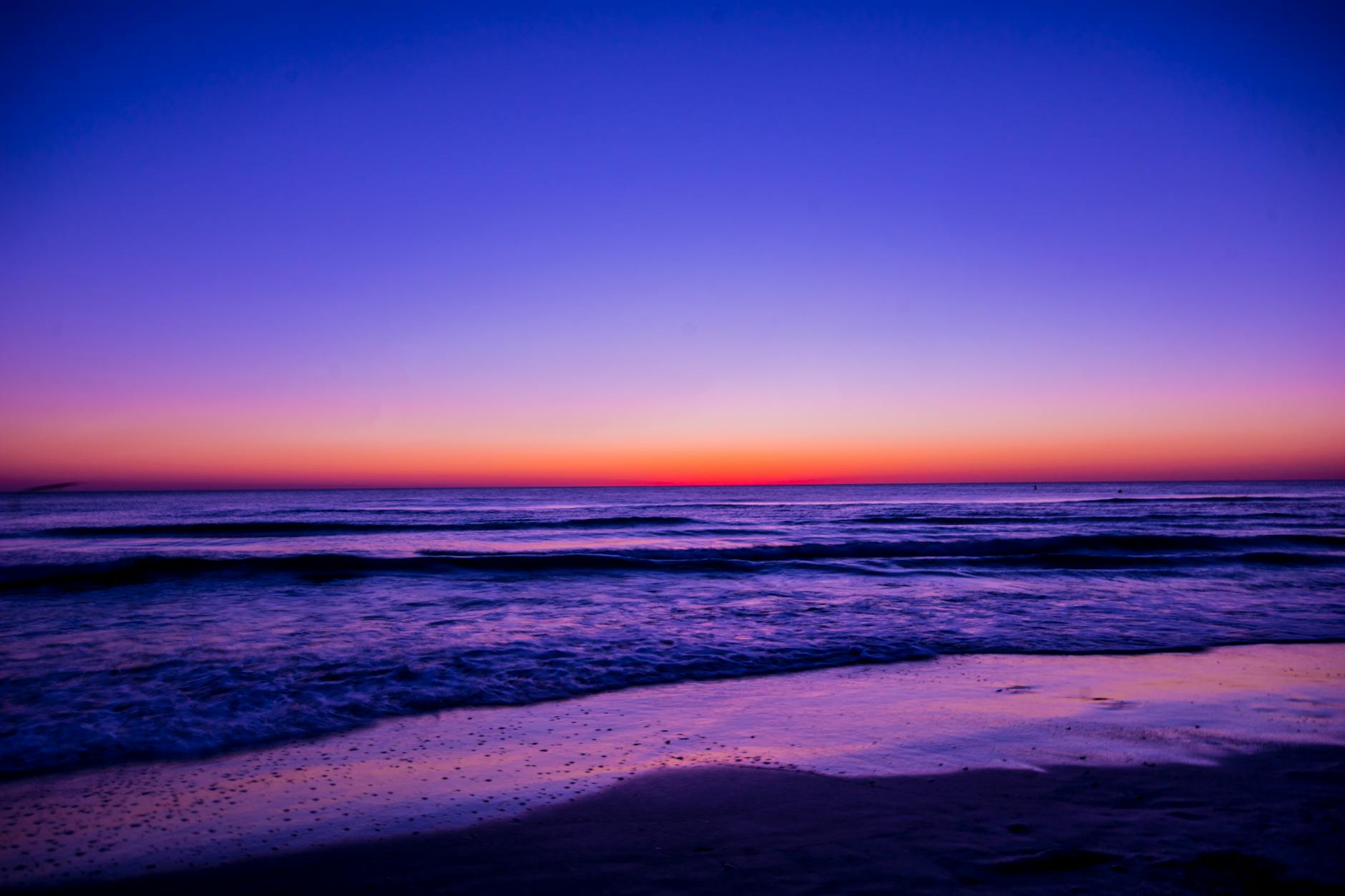Are You Providing Adequate Sun Protection for Your Students in Australia?

Recognizing Sun Protection Needs
To ensure children's safety during outdoor activities, understanding sun protection requirements is essential. Situated close to South Bank Parklands, educators in Brisbane are aware of the sun's intensity and its impact on student health. Australia's climate is known for high UV exposure, which makes effective sun safety strategies crucial, especially in a school setting.
Understanding UV Exposure in Australia
Australia experiences significant UV radiation, necessitating measures to protect children while they engage in outdoor spaces, like the South Bank Parklands. The high levels of UV exposure can lead to long-term health consequences if not addressed adequately.
Impact on Student Health
Exposure to UV rays can have serious repercussions on student health, including sunburn and long-term risks like skin cancer. Educators and school administrators must implement and enforce strategies for sun safety to mitigate these risks.
Environmental and Safety Considerations
When selecting sunscreens, it's vital to consider both effectiveness and environmental impact. Products like reef safe sunscreen are ideal since they protect both skin and marine ecosystems. Schools can also offer baby sunscreen for younger students, ensuring that all age groups are safeguarded. By adopting environmentally conscious sun protection measures, schools can encourage responsible behaviours that align with broader conservation efforts. Implementing these guidelines reassures educators and parents about the well-being of their students while enjoying the sunshine.
Choosing the Right Sunscreen
Reef-Safe Sunscreen Options
When selecting sunscreens for children spending time outdoors, opting for zinc sunscreen is a prudent choice, particularly in a place like Brisbane. Zinc oxide is a mineral-based ingredient that is both effective in blocking harmful UV rays and is considered safe for coral reefs. Utilising a sunscreen with solely zinc oxide or titanium dioxide ensures that you are using a product that is non-toxic to marine life. This is essential for those of us concerned with preventing further damage to the delicate ecosystems that touch the waters of the Brisbane River and beyond.
Ingredients to Avoid
Choose sunscreens that do not contain oxybenzone and octinoxate, as these chemicals have been shown to cause coral bleaching and harm marine life. For children's skin, avoiding parabens and synthetic fragrances is also a wise decision, as they can irritate sensitive skin. Collectively, this careful ingredient selection not only protects our young ones but also minimises environmental impact, fostering a balance between safety and ecology.
Selecting for Different Skin Types
When choosing a sunscreen, considering skin type is vital. For children with sensitive skin or those prone to allergies, mineral sunscreens with a higher concentration of zinc oxide are an ideal option. They provide a physical barrier and tend to be less irritating than their chemical counterparts. For those who frequently visit the sunny trails of South Bank Parklands, ensuring that sunscreen is water-resistant and sweat-proof can offer enduring protection during extended outdoor activities.
Implementing Effective Sun Safety
Scheduling Outdoor Activities
As someone who's based in Brisbane, I understand the challenge of scheduling outdoor activities while ensuring children's safety. In this city, South Bank Parklands offers an ideal backdrop for school excursions, thanks to its ample shaded areas. Strategies like planning outdoor activities in the early morning or late afternoon can greatly reduce the risks of UV exposure during peak sun hours. Incorporate indoor activities during midday when the sun's rays are strongest, aligning school schedules with safety guidelines.
Sun Protective Clothing and Gear
Equipping children with sun-protective clothing is critical for effective sun safety. Long-sleeved shirts and hats with wide brims should be mandatory when venturing outdoors. Look for materials rated UPF 50+, which will block about 98% of UV rays. Additionally, remind everyone to apply natural sunscreen, which provides protection without harming sensitive skin or the environment. By focusing on adequate clothing, we can make a significant impact on children's safety.
Educating Students and Staff
Education is a powerful tool in fostering a culture of sun safety. Elements of this education can include interactive workshops, informative presentations, and the distribution of educational materials. For example, combining lessons in science classes with real-world applications at locations such as Mt Coot-tha Botanical Gardens can reinforce the importance of these practices. In doing so, students and staff collectively contribute to creating an environment where sun safety is a priority. By focusing on education, we empower both students and educators to take proactive steps in their sun protection strategies.
Overcoming Challenges
Addressing Common Misconceptions
As we navigate the world of children's sun safety, there are frequent misconceptions that need clarifying. One common belief is that sunscreen is only necessary on sunny days. The truth is that UV rays can penetrate clouds and affect the skin year-round, which emphasizes the need for consistent application of kids sunscreen regardless of the weather. Another misconception revolves around the false notion that high SPF sunscreens allow for extended sun exposure without reapplication. Frequent reapplication is crucial, particularly during prolonged outdoor activities such as school excursions.
Balancing Protection and Environmental Impact
Balancing effective sun protection with environmental responsibility is a challenge many parents and educators face. The impact of sunscreen on marine ecosystems is a growing concern, especially around areas like the Brisbane River. Choosing sunscreens that are free of harmful chemicals such as oxybenzone and octinoxate helps reduce the environmental impact while ensuring children's skin is protected.
Ensuring Compliance and Consistency
Consistency in applying sun protection measures in schools can be tricky. It's essential to develop a robust protocol to guide both staff and students. Ideas such as setting reminders for reapplication and integrating sun safety education into the curriculum can foster a culture of sun safety. Compliance often hinges on involvement from both educational staff and parents to create a uniform approach in protecting against UV exposure. Ensuring alignment among stakeholders helps reinforce consistent practices, ultimately contributing to a safer environment for children.
Ensuring Effective Sun Protection in Schools
Addressing Frequent Concerns
For us as educators and guardians of young learners, comprehensively addressing the frequent concerns around sun protection is paramount. It's no surprise that many parents worry about ensuring their children are shielded from UV exposure when they explore outdoor wonders like Mt Coot-tha Botanical Gardens. To tackle these concerns, it's essential to raise awareness about the preventive measures we adopt. Encourage parents to verify that their children apply a generous amount of sunscreen before school and reapply it during break times. At school, ensure staff members remind students of the importance of covering exposed skin with hats and UV-protective clothing.
Expert Advice on Sun Safety
For those entrusted with the health of our younger generation, it becomes vital to leverage expert guidance. Seek advice from dermatologists on selecting appropriate sunscreens. They can clarify the benefits of opting for Reef-Safe Sunscreen Options, which not only protect our children but our environment as well. Implement educational programs that allow experts to speak directly to students about the impact of cumulative sun exposure. These workshops can be especially eye-opening when students witness real-life demonstrations on sunburn risks and prevention techniques during excursions to South Bank Parklands.
Tips for Enhancing School Policies
A strategic approach to enhancing sun protection involves embedding sun safety into the school's culture. Consider revising current policies to include mandatory wearing of hats and sun-safe attire during outdoor activities near the Brisbane River. Integrate sun safety into the curriculum, ensuring students understand the environmental and personal health implications. Utilise school assemblies to underscore the importance of these measures, fostering a culture of wellness and environmental stewardship within our educational institutions. With these strategies, we safeguard our children’s health while respecting Brisbane’s beautiful environment.


